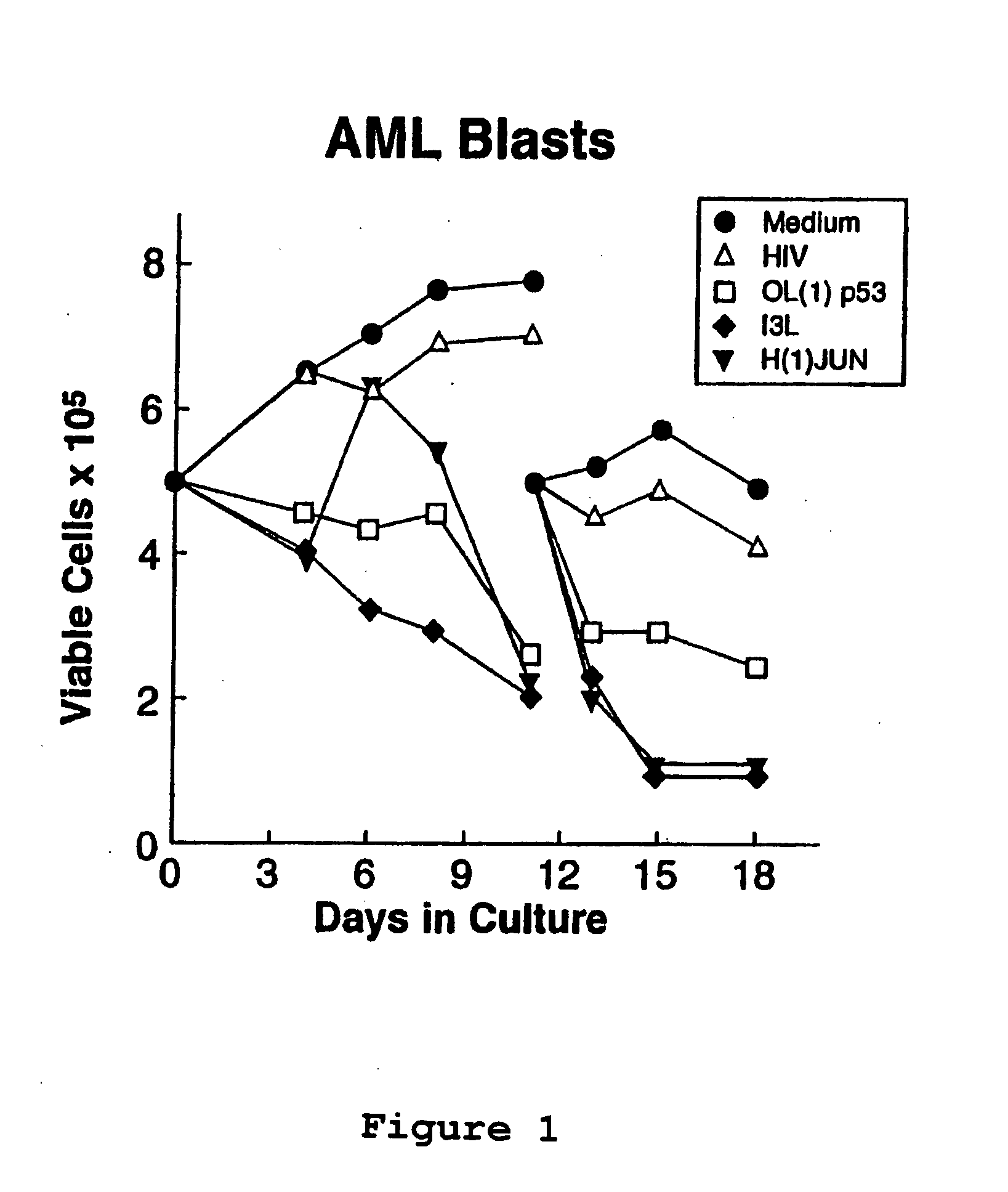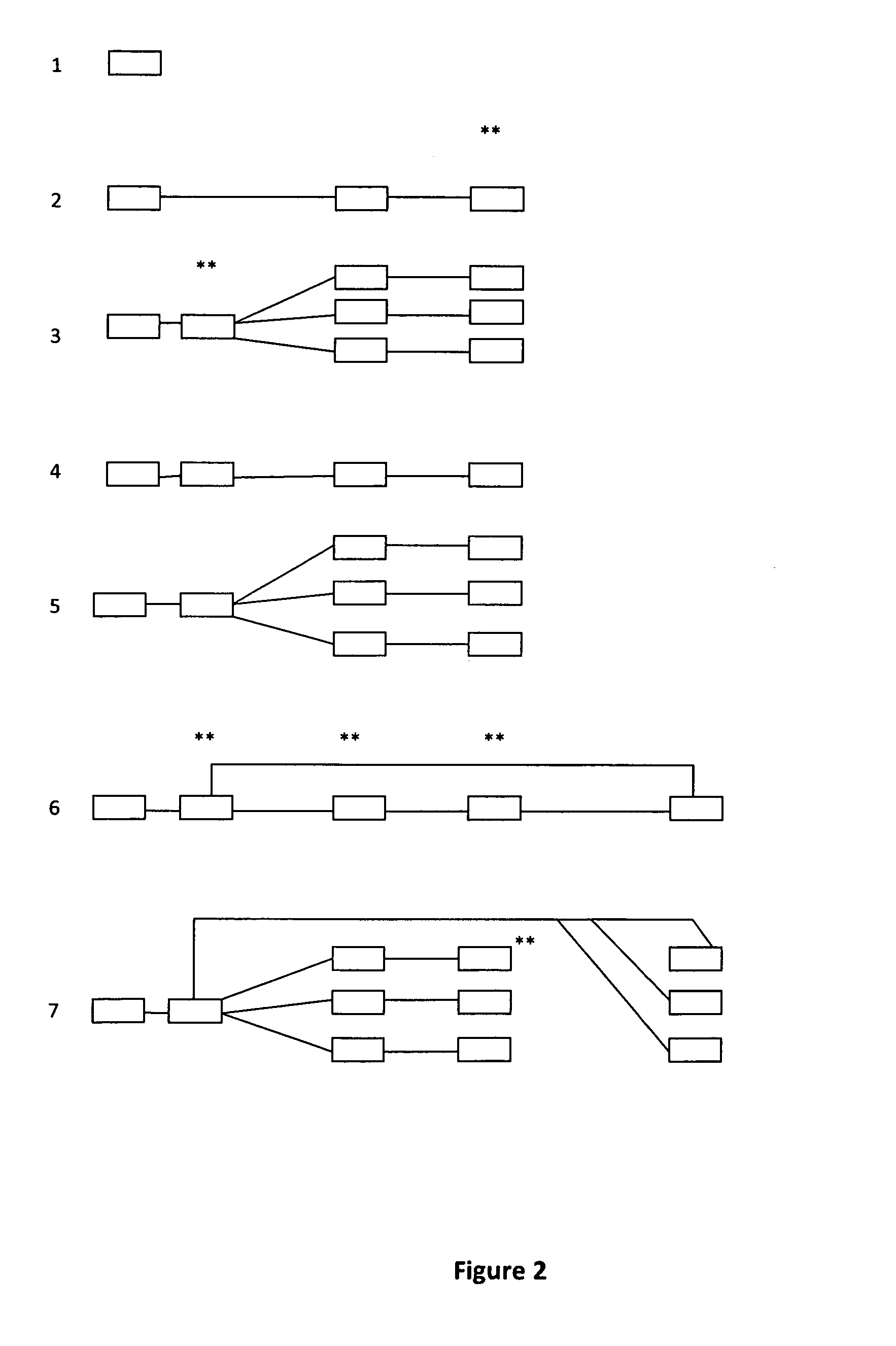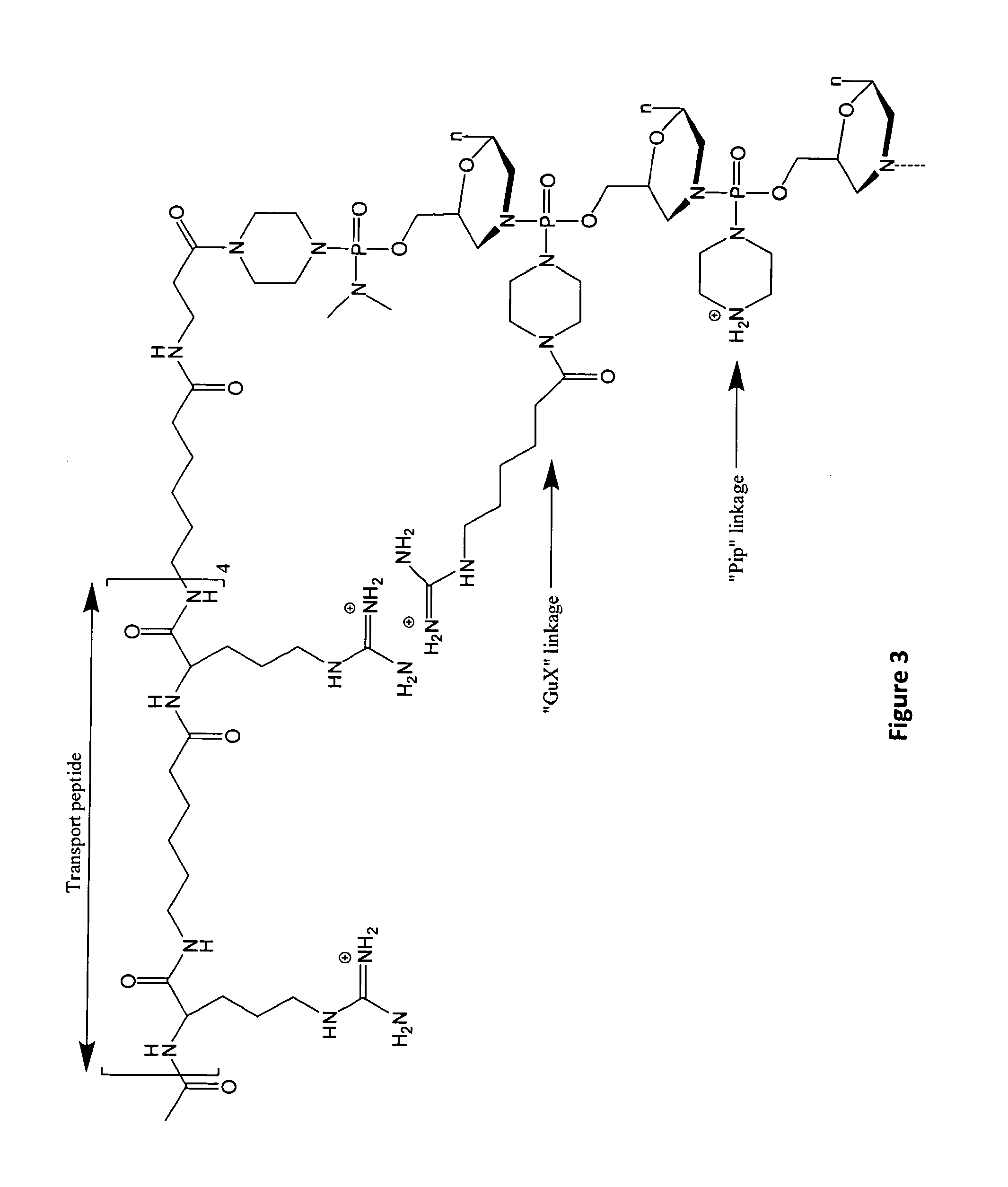Methods and Compositions for the Treatment of Medical Conditions Involving Cellular Reprogramming
a technology of cellular reprogramming and compositions, applied in the field of nucleic acid based therapeutic compositions, can solve the problems of abnormal tr expression, pathologic cellular behavior observed, and poor uptake of oligos by some cell types
- Summary
- Abstract
- Description
- Claims
- Application Information
AI Technical Summary
Benefits of technology
Problems solved by technology
Method used
Image
Examples
example 1
NABTs with Cardiovascular Applications and Methods of Use Thereof for the Treatment of Cardiovascular Disease
A. Treatment of Cardiac Hypertrophy, MI, and Heart Failure.
[0319]Cardiovascular disease in the United States is associated with increasing morbity and mortality and thus new therapeutic agents for the treatment of this disorder are highly desirable. Such diseases include atherosclerosis, atherosclerotic plaque rupture, aneurisms (and ruptures thereof), coronary artery disease, cardiac hypertrophy, restenosis, vascular calcification, vascular proliferative disease, myocardial infarction and related pathologies which include, apoptosis of cardiac muscle, heart wall rupture, and ischemia reperfusion injury.
[0320]While several different therapeutic approaches are currently available to manage cardiovascular disease, e.g., heart failure, the incidence, prevalence, and economic costs of the disease are steadily increasing. The overall prevalence of congestive heart failure (CHF) is...
example 2
Brain Cell Directed NABTs and Methods of Use Thereof for the Treatment of Alzheimer's Disease and Other Neurological Disorders
A. Alzheimer's Disease
[0480]NABTs directed to particular targets in neurological cells have efficacy for the treatment of Alzheimer's Disease and other neurological disorders. Suitable targets for treatment of Alzheimer's Disease include without limitation, apolipoprotein epsilon 4, β amyloid precursor protein, CDK-2, Cox-2, CREB, CREBP, Cyclin B, ICH-1L (also known as caspase 2L), PKC genes, PDGFR, SGP2, SRF, and TRPM-2
[0481]The amyloid hypothesis postulates that Alzheimer's Disease is caused by aberrant production or clearance of the amyloid β (Aβ) peptide from the brains of affected individuals. Aβ is toxic to neurons and forms plaques in the brains of Alzheimer's Disease patients. These plaques constitute one of the hallmark pathologies of the disease. Aβ is produced by the consecutive proteolytic cleavage of the Amyloid Precursor Protein (APP) by β-secre...
example 3
Anti-Cancer NABTs and Methods of Use Thereof for the Treatment of Neoplastic and Hyper-Proliferative Diseases
A. Anti-Cancer NABTs and Methods of Use Thereof.
[0528]Cellular transformation during the development of cancer involves multiple alterations in the normal pattern of cell growth regulation and dysregulated transcriptional control. Primary events in the process of carcinogenesis can involve the activation of oncogene function by some means (e.g., amplification, mutation, chromosomal rearrangement) or altered or aberrant expression of transcriptional regulator functions, and in many cases the removal of anti-oncogene function. One reason for the enhanced growth and invasive properties of some tumors may be the acquisition of increasing numbers of mutations in oncogenes and anti-oncogenes, with cumulative effect (Bear et al., Proc. Natl. Acad. Sci. USA 86:7495-7499, 1989). Alternatively, insofar as oncogenes function through the normal cellular signalling pathways required for o...
PUM
| Property | Measurement | Unit |
|---|---|---|
| polarity | aaaaa | aaaaa |
| binding affinity | aaaaa | aaaaa |
| width | aaaaa | aaaaa |
Abstract
Description
Claims
Application Information
 Login to View More
Login to View More - R&D
- Intellectual Property
- Life Sciences
- Materials
- Tech Scout
- Unparalleled Data Quality
- Higher Quality Content
- 60% Fewer Hallucinations
Browse by: Latest US Patents, China's latest patents, Technical Efficacy Thesaurus, Application Domain, Technology Topic, Popular Technical Reports.
© 2025 PatSnap. All rights reserved.Legal|Privacy policy|Modern Slavery Act Transparency Statement|Sitemap|About US| Contact US: help@patsnap.com



